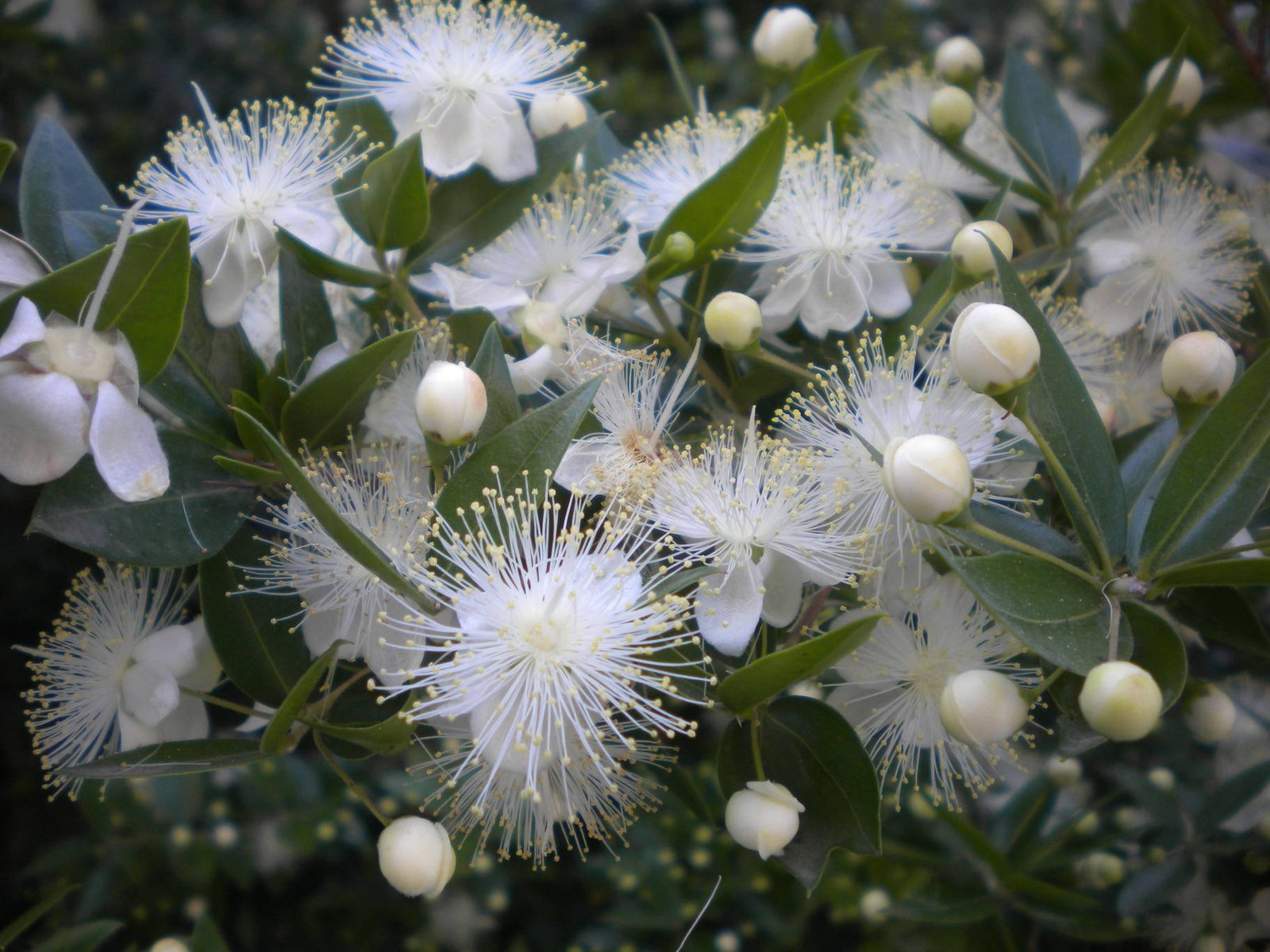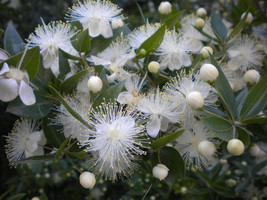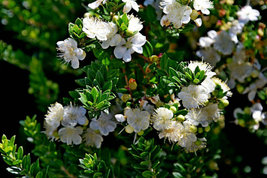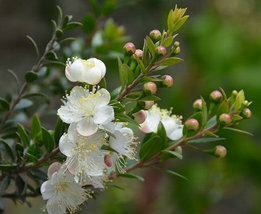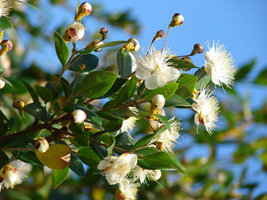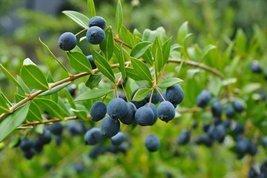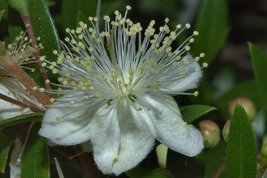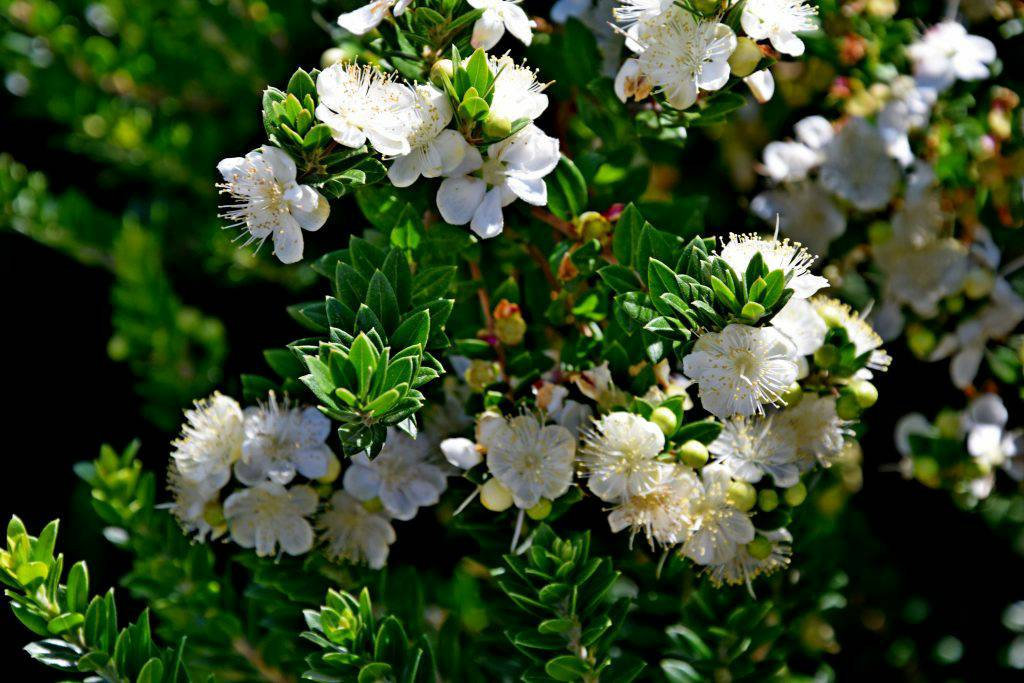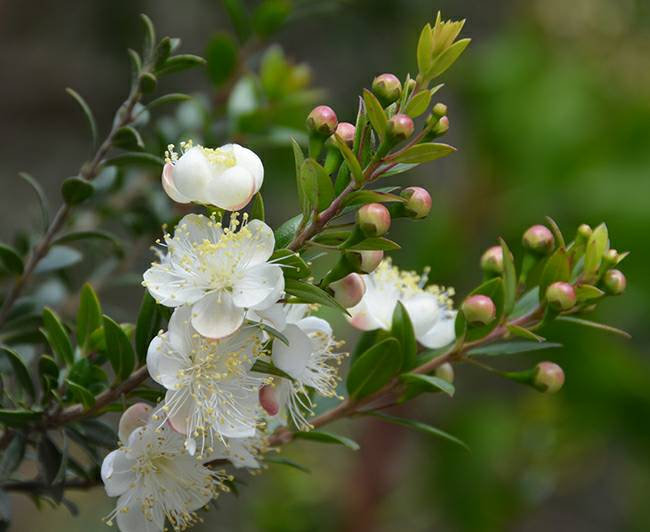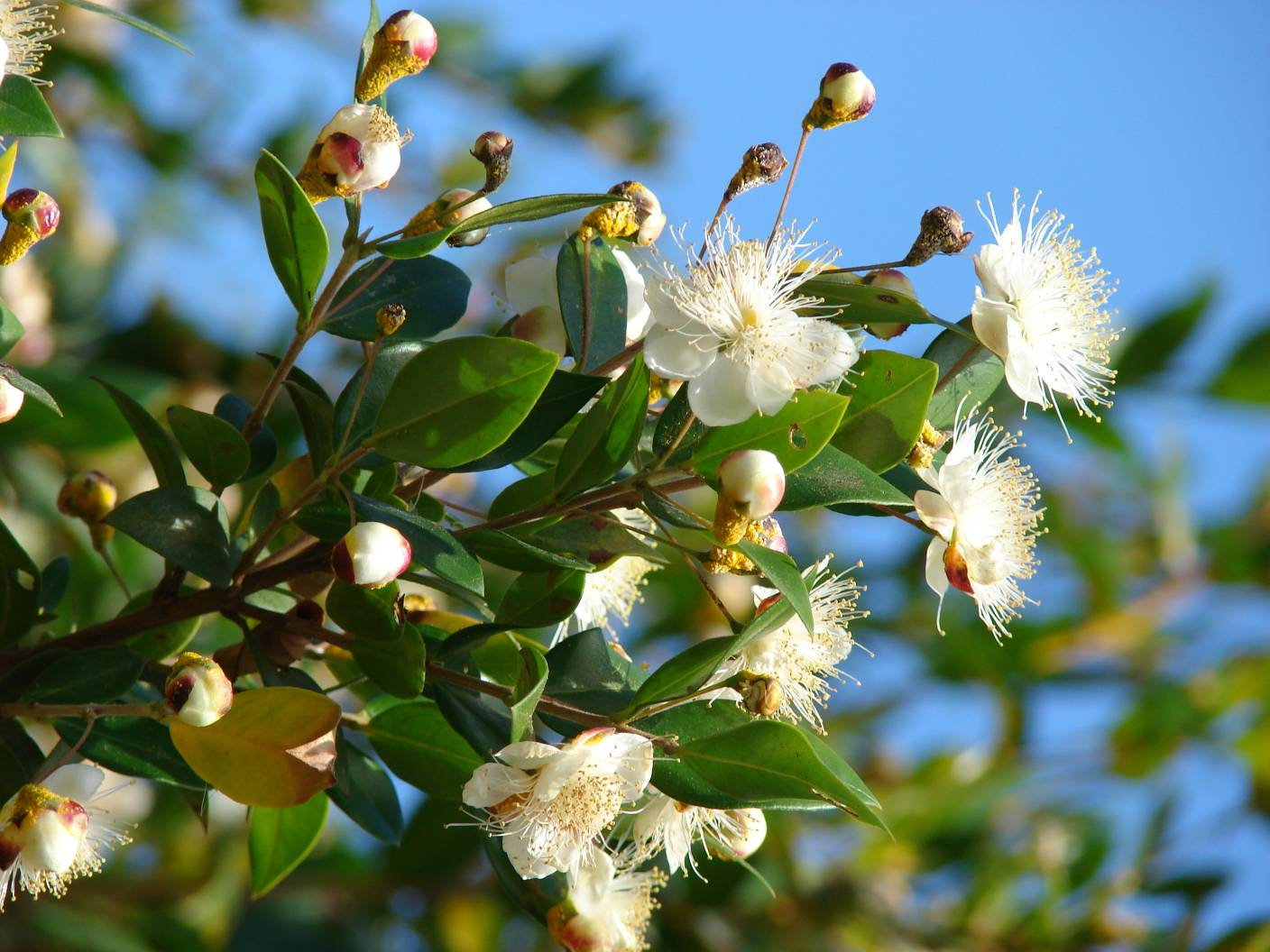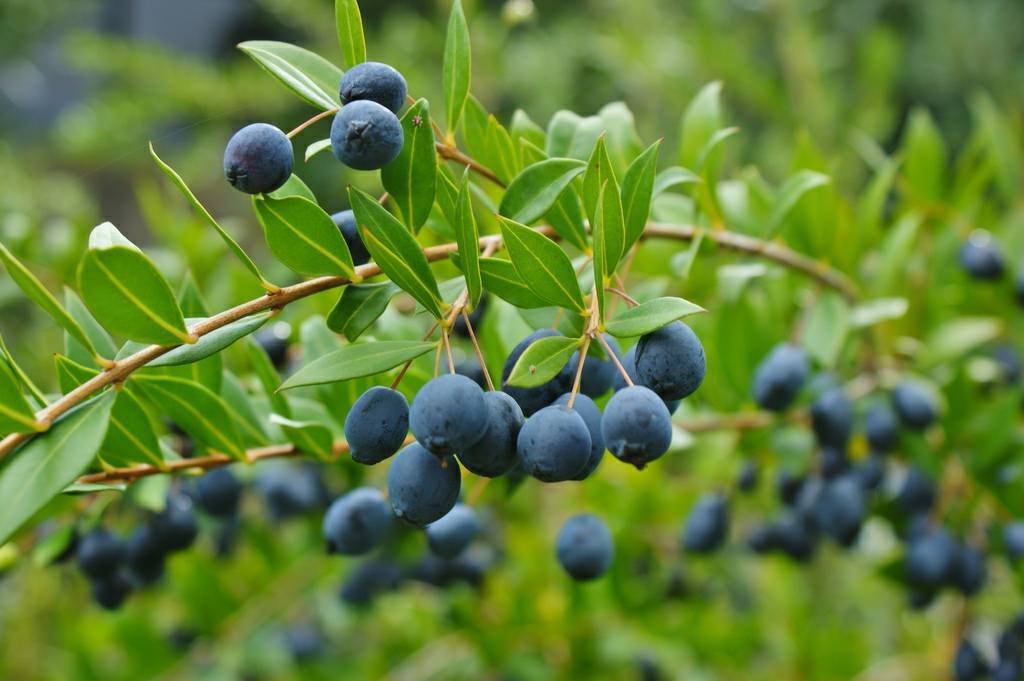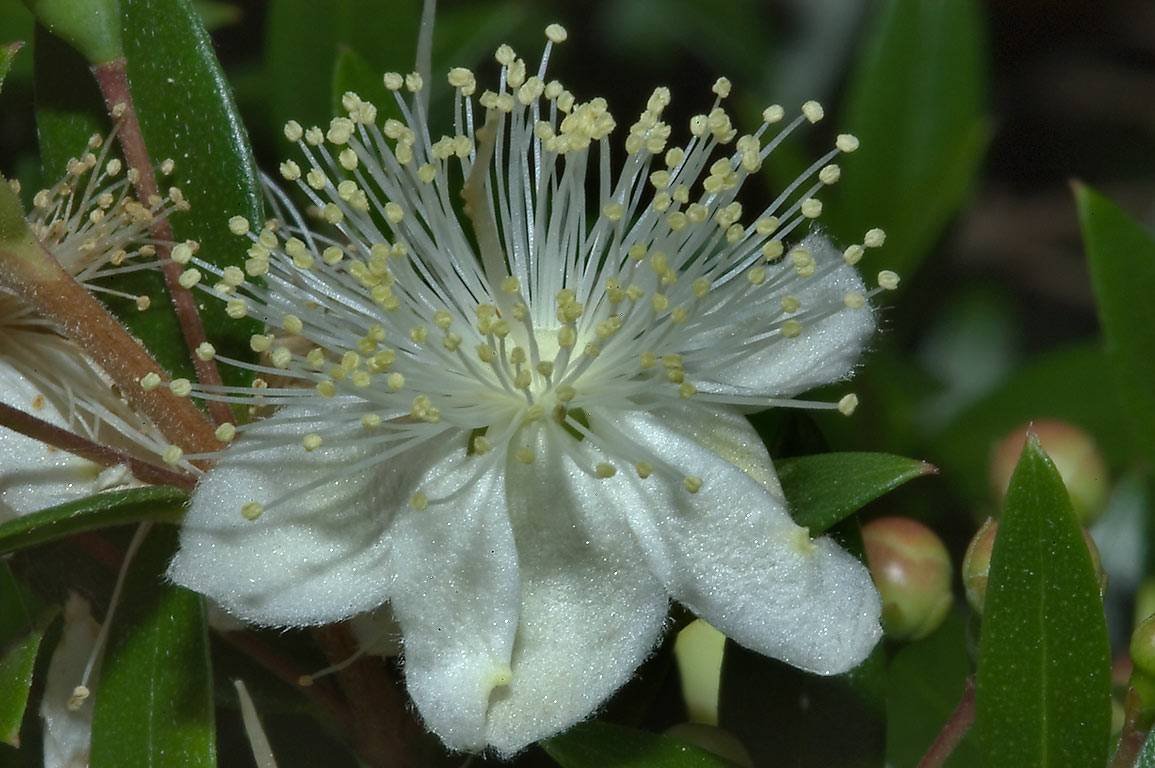Rendered at 01:14:13 08/08/25
Greek Myrtle Seeds ~Myrtus communis~ Fragrant Flowers & Leaves ~ Mediterranean E
$54.97 MXN
Los buques de
United States

Las opciones de envío
Política de oferta
OBO - El vendedor acepta ofertas en este artículo.
Detalles
La política de devoluciones
Full refund available within 30 days
Detalles
Protección de compra
Información del catálogo
Opciones de pago
PayPal accepted
PayPal Credit accepted
Venmo accepted
PayPal, MasterCard, Visa, Discover, and American Express accepted
Maestro accepted
Amazon Pay accepted
Nuvei accepted
Las opciones de envío
Política de oferta
OBO - El vendedor acepta ofertas en este artículo.
Detalles
La política de devoluciones
Full refund available within 30 days
Detalles
Protección de compra
Información del catálogo
Opciones de pago
PayPal accepted
PayPal Credit accepted
Venmo accepted
PayPal, MasterCard, Visa, Discover, and American Express accepted
Maestro accepted
Amazon Pay accepted
Nuvei accepted
Rasgos del artículo
| Categoría: | |
|---|---|
| cantidad disponible: |
9 En stock |
| Condition: |
Unspecified by seller, may be new. |
Detalles del anuncio
| Las políticas del vendedor: | |
|---|---|
| Envío de descuento: |
Elementos enviados después de la primera en el apartamento de $1.25 | Envío gratis para pedidos superiores a $15.00 |
| Precio de descuento: |
18% De descuento w / $20.00 pasó |
| Publicado en venta: |
Más de una semana |
| Artículo número: |
695042331 |
Descripción del Artículo
Greek Myrtle (Myrtus communis) is an evergreen shrub that can grow up to 15 foot tall in it's native habitat. Grown indoors as a houseplant it will spread only 2-3 foot. The many branched plant is covered with lots of shiny, dark green, deliciously-spicy aromatic leaves that are fragrant upon being crushed. A profusion of lovely white, sweetly-aromatic flowers come forth in summer and flower continually for many weeks and will perfume your garden well into autumn.
This sun loving plant will tolerate part shade and is hardy to zones 8-10 in the US. In summer, a perfusion of fragrant white flowers will smother the plant flowed by dark purplish-black berries that have many culinary uses and are beloved by birds.
Greek Myrtle takes pruning very well and is commonly used as a hedge. It's a popular plant for a topiary. A topiary is a plant that is pruned into a specific shape. This has been going on since Roman times. Some people also like to train it to grow as a small container bound Bonsai.
~ Germinating Myrtle Seed ~
Soak the seeds for 24 hours, put in a Ziploc bag with a small amount of damp sand and store in the fridge at 40F (4C) for four to six weeks. Sow in a flat of seed stating mix, seeds will germinate in 15-20 days.
Alternatively, you can sow directly in winter in pots with peat moss and make sure it gets the cold treatment that it would see in nature.
Once the Myrtus communis seed are up, it is recomemnded that you plant in rich, slightly moist soil where it will get full to partial sun.
~ Uses of Greek Myrtle ~
Greek Myrtle is well loved worldwide because of its ornamental, medicinal, and culinary uses. Nowhere is this more prevalent than in the Mediterranean regions where this beatiful shrub flourishes.
~Culinary Uses
On the Mediterranean islands of Sadinia and Corsica, myrtle is used to create an aromatic liqueur called Mirto. The leaves and berries are macerated in alcohol to produce two different types of drinks, a red and white beverage. In the Mediterraneans, pork dishes are often stuffed with myrtle sprigs to give meat flavor.
The purplish-black berries of the Greek Myrtle are known throughout the Middle East as mursins. Mursins are dried and ground down for a culinary seasoning that imparts flavor to stews or can be boiled into a delicious jelly or beverage treat. The berries are also used a pepper substitute, used to impart flavor to meats like Mortadella and even American Bologna.
~Beauty and Cosmetics
A highly desirable essential oil is obtained from this plant and is used in perfumery other beauty products, the leaves, bark and flowers are all used to produce sweet smelling soap other beauty products. The leaf extractsare used in hair tonics, perfumes, and a wide range of cosmetic products.
~Medicinal Uses
Medicinal uses include use in urinary infections, sinus issues digestive problems and the essential oil is used as antibiotic, antiseptic, astringent, balsamic tonic. The essential oils are used to clear up skin acne. It is an immune system booster.
~ Greek Myrtle In History ~
Greek myrtle, as a plant in general, is revered throughout the Mediterranean region as a symbol of peace and love. It was thought that the plant was sacred to the goddess of love, Aphrodite. As a result, it is often used in wedding bouquets there.
~Greek Lore
Gold Myrtle wreath was found in the antechamber of the royal Macedonian tombs at Vergina, Greece originating from the Hellenistic period (300-30 BC). The gold wreath is thought to belong to Meda, the Thracian princess and fifth wife of Philip II of Macedon. Even though real myrtle plants were not used in the gold wreath, it does demonstate the importance placed on the symbolism of the plant in ancient days. The gold was shaped to look like myrtles in bloom, which was a very delicate job to produce something so fine.
~In Judaism
Myrtle tree symbolism - The symbolism of the myrtle "tree" is prevalent in Judaism as well for it is one of the 4 sacred plants in the Jewish Festival of Tabernacles (Sukkoth). The Sukkoth requires the myrtle stem that is used to have three leaves growing from one point in the branch. Christians often point to this as being symbolic of the holy trinity.
In Bible times, the myrtle was abundant and in Nehemiah 8:15, we read that Nehemiah said that the myrtles grew on the hills about Jerusalem.
Added to your wish list!
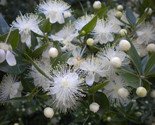
- Greek Myrtle Seeds ~Myrtus communis~ Fragrant Flowers & Leaves ~ Mediterranean E
- 9 in stock
- Price negotiable
- Handling time 1 day.
- Returns/refunds accepted
Get an item reminder
We'll email you a link to your item now and follow up with a single reminder (if you'd like one). That's it! No spam, no hassle.
Already have an account?
Log in and add this item to your wish list.


